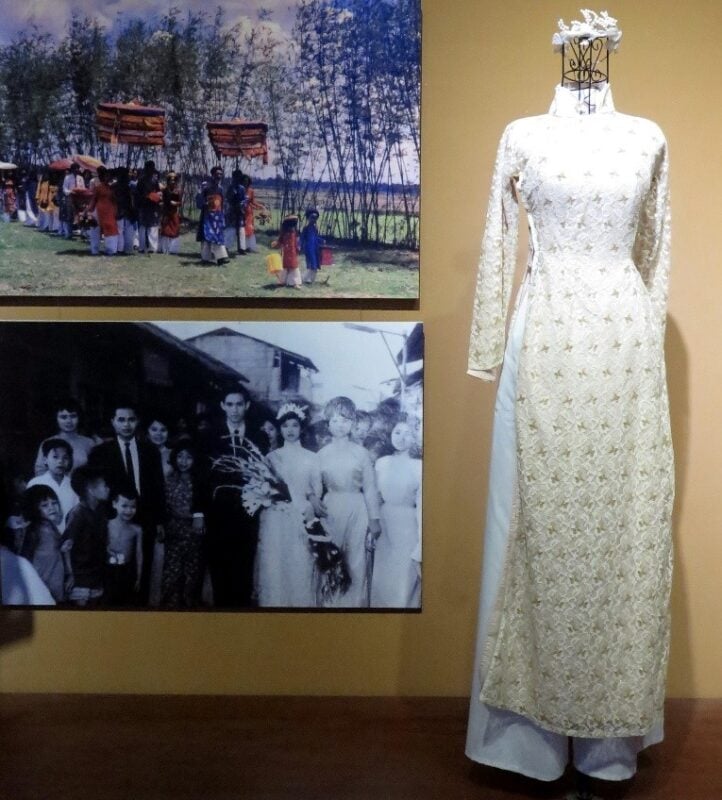
Memories of love in wartime through the story of a wedding dress
Ao dai is not only a traditional costume of Vietnamese women, but also considered a cultural symbol, a symbol of gentle beauty, imbued with the cultural identity of the Vietnamese people. There is no other costume that both honors the female figure and contains spiritual depth like ao dai - in important ceremonies, weddings, and even everyday moments. It can be seen that ao dai is an important costume that is always chosen to appear in the sacred moments of life.
The Ao Dai is not only a personal keepsake, but also a witness to a period of history, of love, loyalty and the desire for freedom. That is the wedding Ao Dai of Mrs. Phan Thi Quyen - the young wife of the hero and martyr Nguyen Van Troi, one of the artifacts on display at the Southern Women's Museum.
Heroic martyr Nguyen Van Troi was born in 1940 in Dien Ban, Quang Nam province. From a simple electrician, he became a "Saigon commando", carrying within him the desire to liberate the nation. In 1964, he was assigned the mission of bombing and assassinating US Secretary of Defense Robert McNamara - one of the most daring plans of the Southern resistance forces at that time. Although the mission was not completed yet, he was captured by the enemy, but during the days of imprisonment, heroic martyr Nguyen Van Troi demonstrated the qualities of a hero - with his bravery, courage and iron will, he did not confess, was not afraid of torture, and left with a victorious smile on his lips.
Before the day of receiving the historic mission, the hero and martyr Nguyen Van Troi held a simple wedding with his girlfriend named Phan Thi Quyen - a young, patriotic, intelligent and determined pharmacy student. Ms. Phan Thi Quyen was born in 1944, at that time she was just 16 years old, she worked for Bach Tuyet Cotton Company. In 1963, she met the hero and martyr Nguyen Van Troi, the two fell in love and the wedding was held on April 21, 1964 (ie March 10 of the lunar calendar). Although they were husband and wife, she did not know that her husband was a special forces soldier.
The two had a hasty but emotional wedding, without wedding rings, without a lavish banquet, only sincere love and companionship in ideals. At that wedding, Mrs. Quyen wore a white ao dai - a simple but pure and innocent dress like young love. And it was that dress that was attached to her not only on the wedding day, but also on the rare occasions she was able to visit Hero Martyr Nguyen Van Troi in Chi Hoa prison. "I wore the wedding dress again, so he knew I was still his wife , and would always be that wife, no matter what happened ." - Mrs. Phan Thi Quyen recounted.
Photo 1: Wedding of hero Nguyen Van Troi and Ms. Phan Thi Quyen (photo collected)
Every time she visits her husband, Mrs. Phan Thi Quyen Quyen wears that shirt again. Not for beauty, but as a way to preserve the memory of her marriage, a silent message that she is still waiting, still believing in a husband, a brave and indomitable soldier.
On October 15, 1964 (10th day of the 9th lunar month), hero and martyr Nguyen Van Troi was executed by the Saigon Military Court. Before going to the execution ground, he bravely shouted: "As long as there are people like me, the American imperialists cannot win."
On his lips was a smile, and in his heart was surely the image of his young wife in a white ao dai standing by the bars, watching his every last step.
After the day the hero died, Mrs. Quyen continued her revolutionary path. Although she was still very young, she carried within her a personal pain that could not be forgotten. She never wore that wedding dress again. It became a sacred object, carefully folded, kept as an indelible part of her memory.
Many years later, the white ao dai was donated by Mrs. Phan Thi Quyen to the Southern Women's Museum. Currently, the ao dai is displayed in the special room of the History of the Vietnamese Ao Dai, with full information about the context, characters and value of the artifact. That is to show deep gratitude and eternal love for that hero and the woman that the hero and martyr Nguyen Van Troi loved. Besides, the ao dai is a reminder to future generations of a steadfast love that was silently sacrificed for a greater love, which is "Fatherland".
Photo 2: Phan Thi Quyen's wedding dress (photo collected)
Now, the wedding dress has faded over time, no longer as pure white as when it was new, but it is brighter than ever in the hearts of the viewers - because it shines with memories, with loyalty, with steadfast love amidst the smoke and fire of war. That dress represents a symbol of a love story amidst the smoke and fire of war, an unforgettable period of the nation's history.
The wedding dress of Mrs. Phan Thi Quyen is no longer just hers, but also that of the whole nation. It is a symbol of the love, faith and silent sacrifice of Vietnamese women, in an era where ideals are placed above the self, personal happiness is willing to step aside to make way for national freedom.
In today’s peaceful times, amidst the hustle and bustle of modern life, such artifacts are a bridge for the younger generation to better understand historical values, loyalty, and above all – a noble love that transcends the distinction between yin and yang. The white ao dai – is not only a memory, but also a fabric story about a love in an unforgettable era.
Ho Chi Minh City, April 22, 2025
Duong Kim Ngoc
Department of Communications - Education - International Relations
References
- Little-known stories about Ms. Quyen https://daidoanket.vn/chuyen-it-biet-ve-chi-quyen-10138907.html (Accessed on April 19, 2025)
- Living like You , Tran Dinh Van (1965), Literature Publishing House.
Source: https://baotangphunu.com/4626/




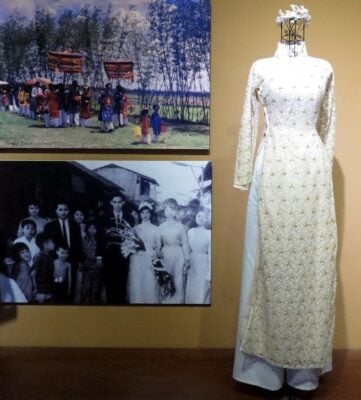
![[Photo] President Luong Cuong receives delegation of the Youth Committee of the Liberal Democratic Party of Japan](https://vstatic.vietnam.vn/vietnam/resource/IMAGE/2025/8/22/2632d7f5cf4f4a8e90ce5f5e1989194a)

![[Photo] President Luong Cuong attends special political-artistic television show "Golden Opportunity"](https://vstatic.vietnam.vn/vietnam/resource/IMAGE/2025/8/22/44ca13c28fa7476796f9aa3618ff74c4)


![[Photo] Prime Minister Pham Minh Chinh chairs the conference to review the 2024-2025 school year and deploy tasks for the 2025-2026 school year.](https://vstatic.vietnam.vn/vietnam/resource/IMAGE/2025/8/22/2ca5ed79ce6a46a1ac7706a42cefafae)

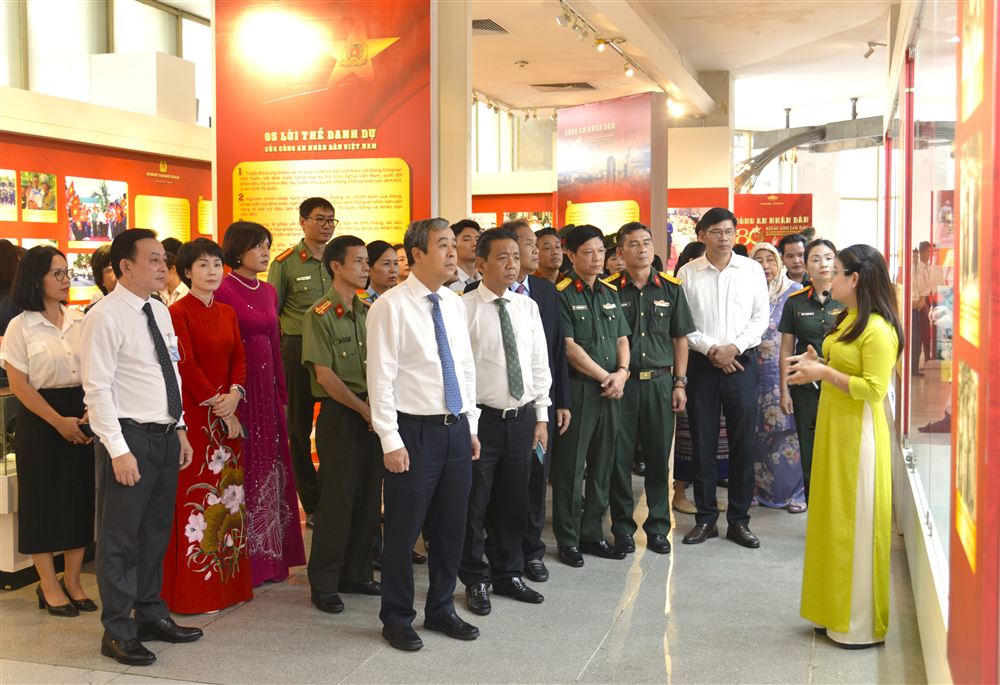

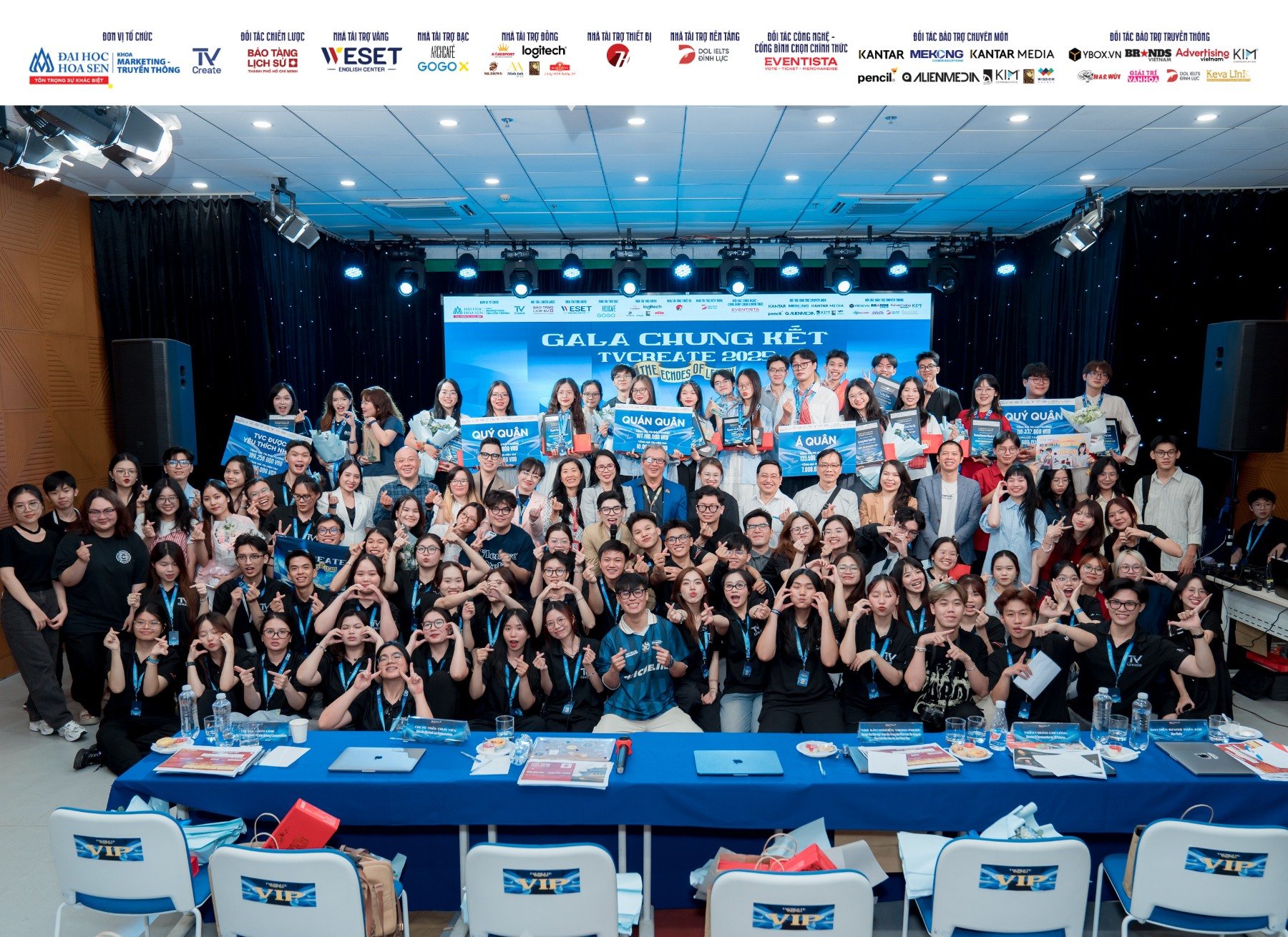
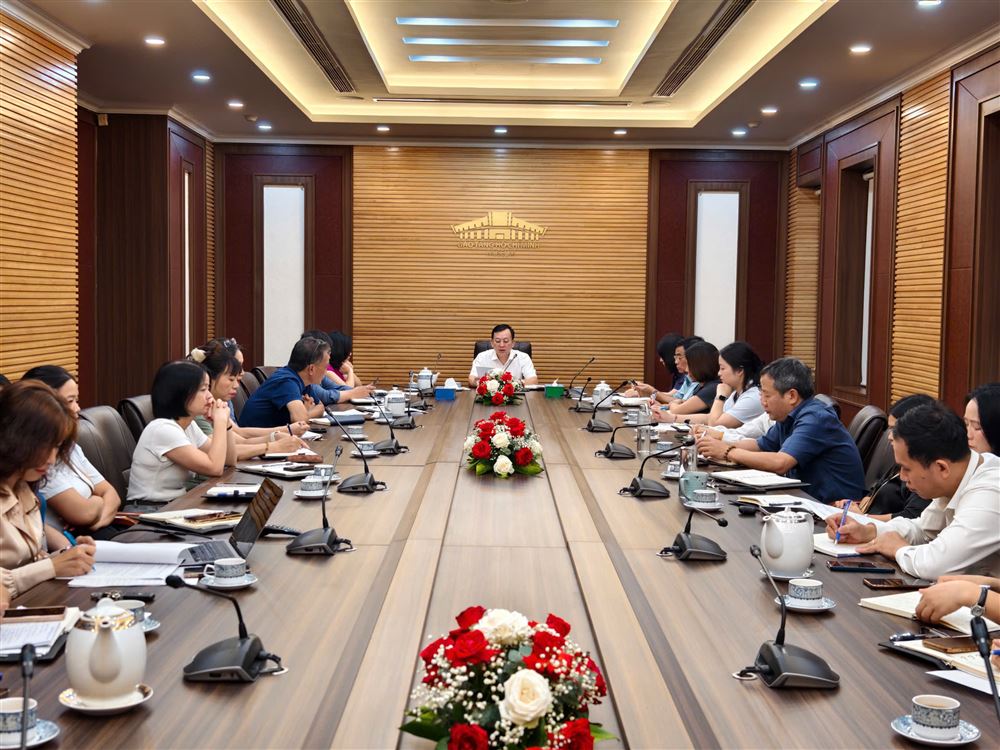




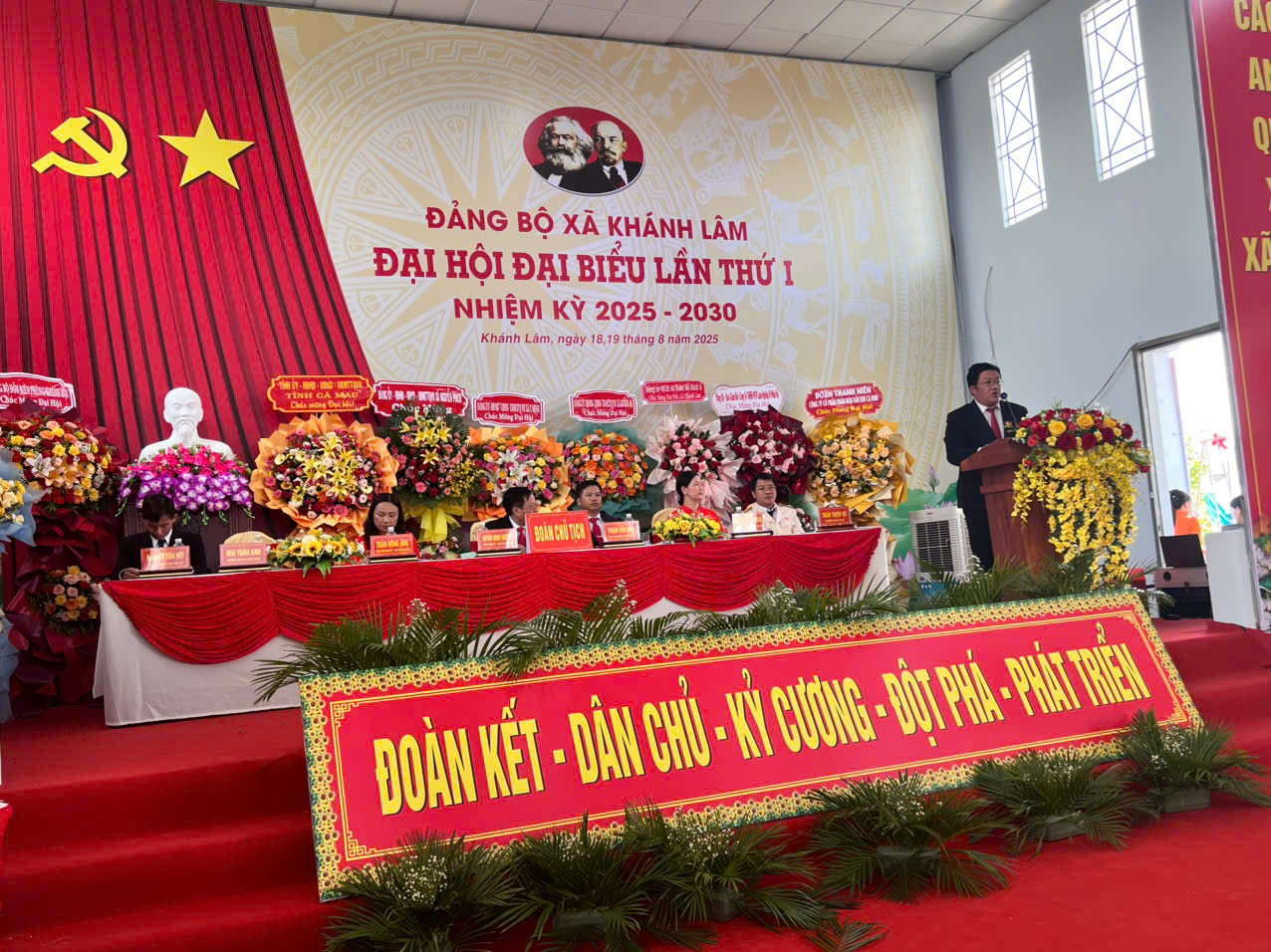
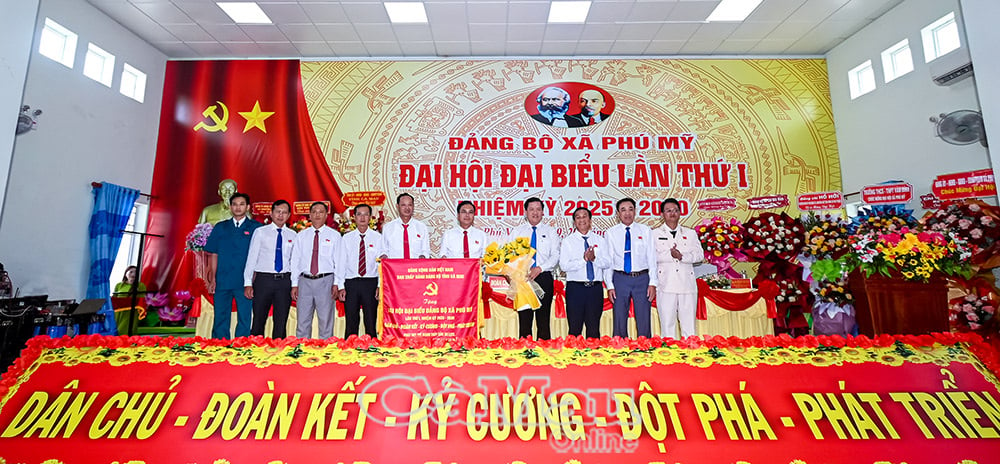
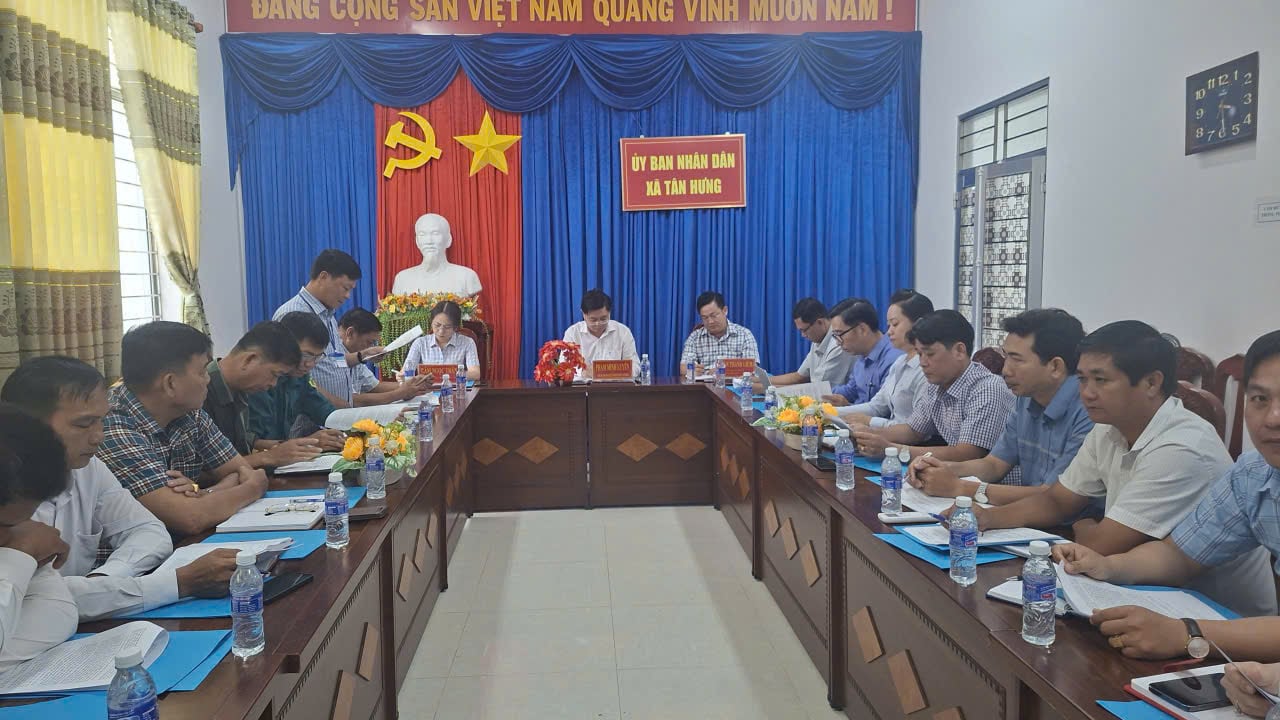
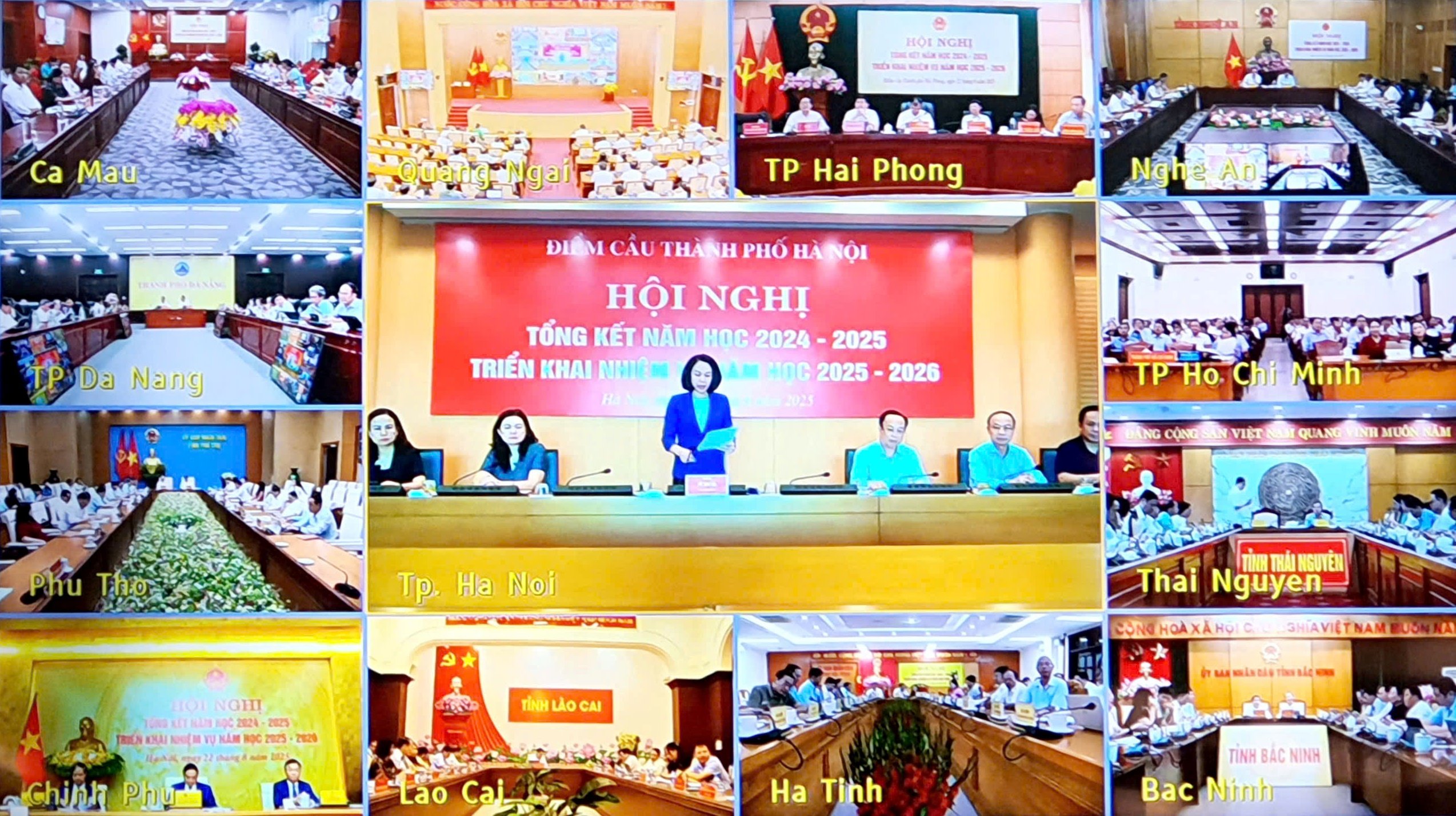
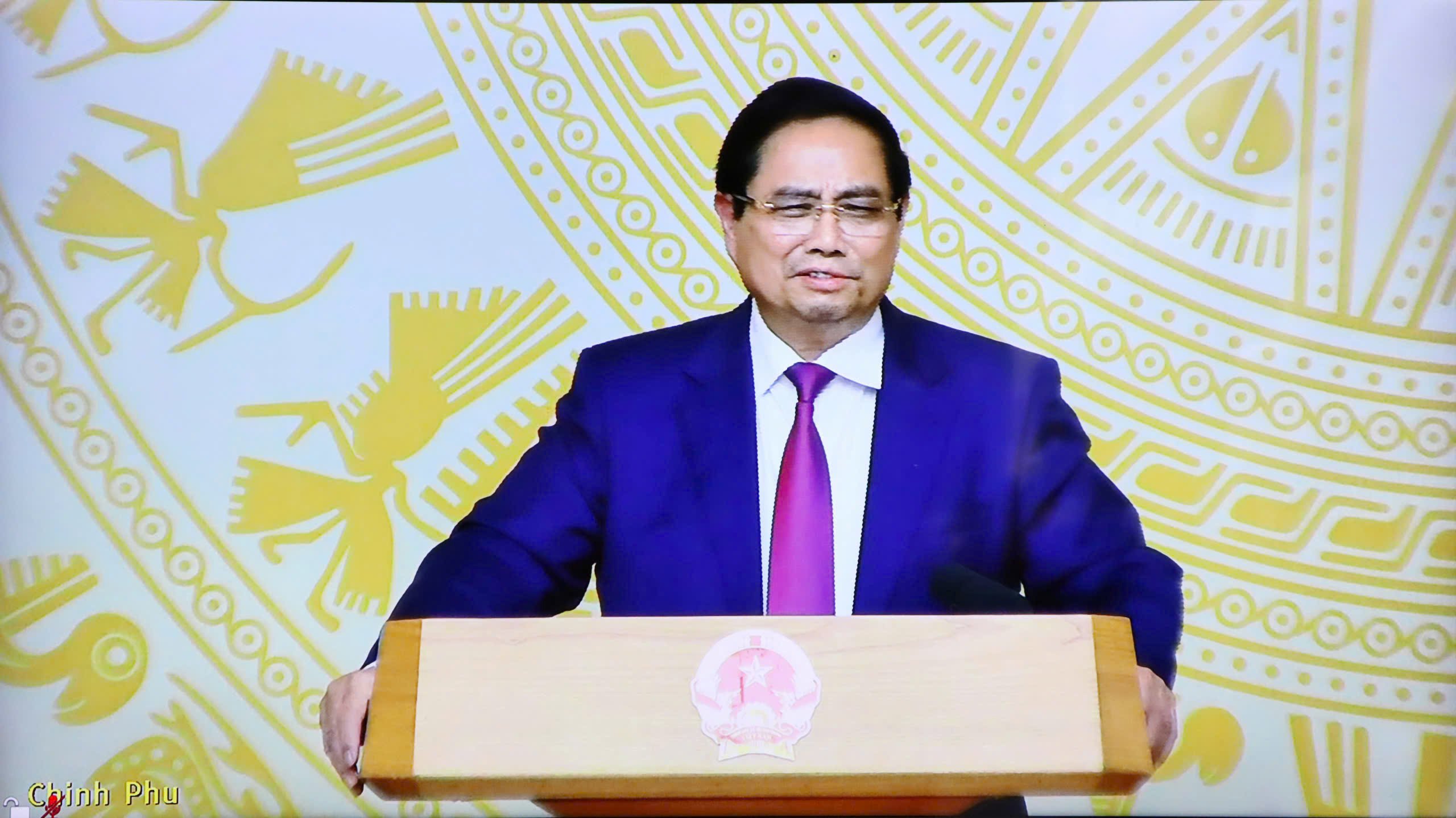
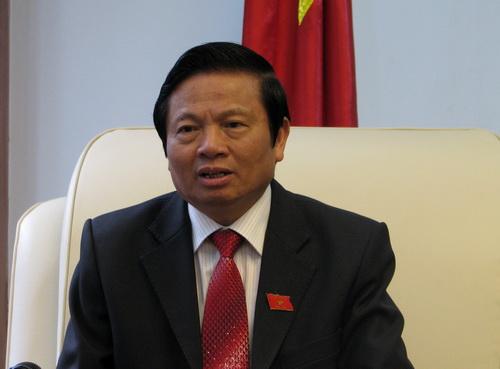




























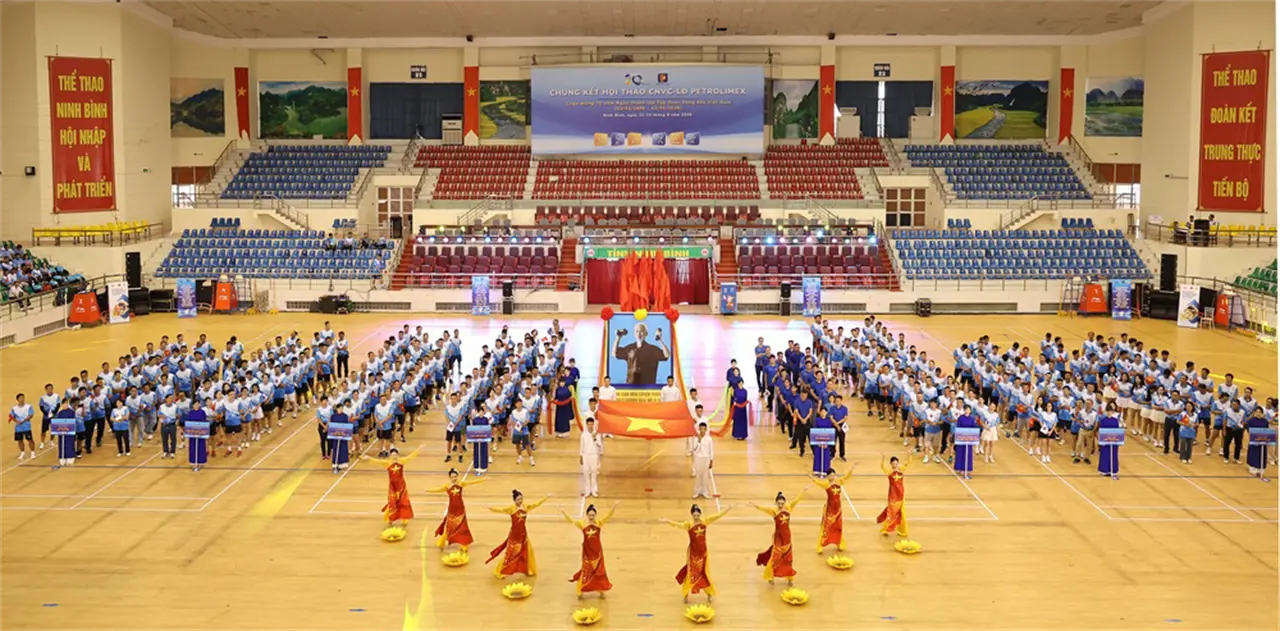







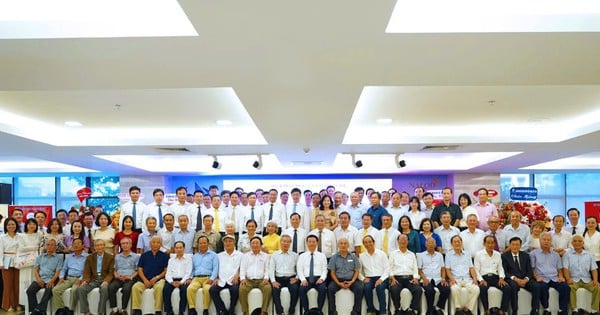



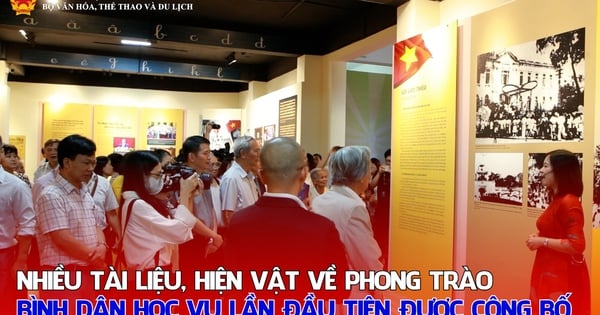


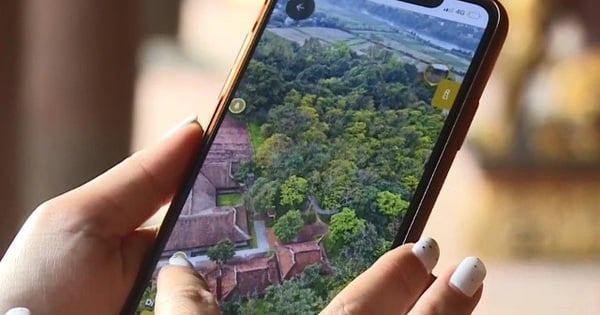




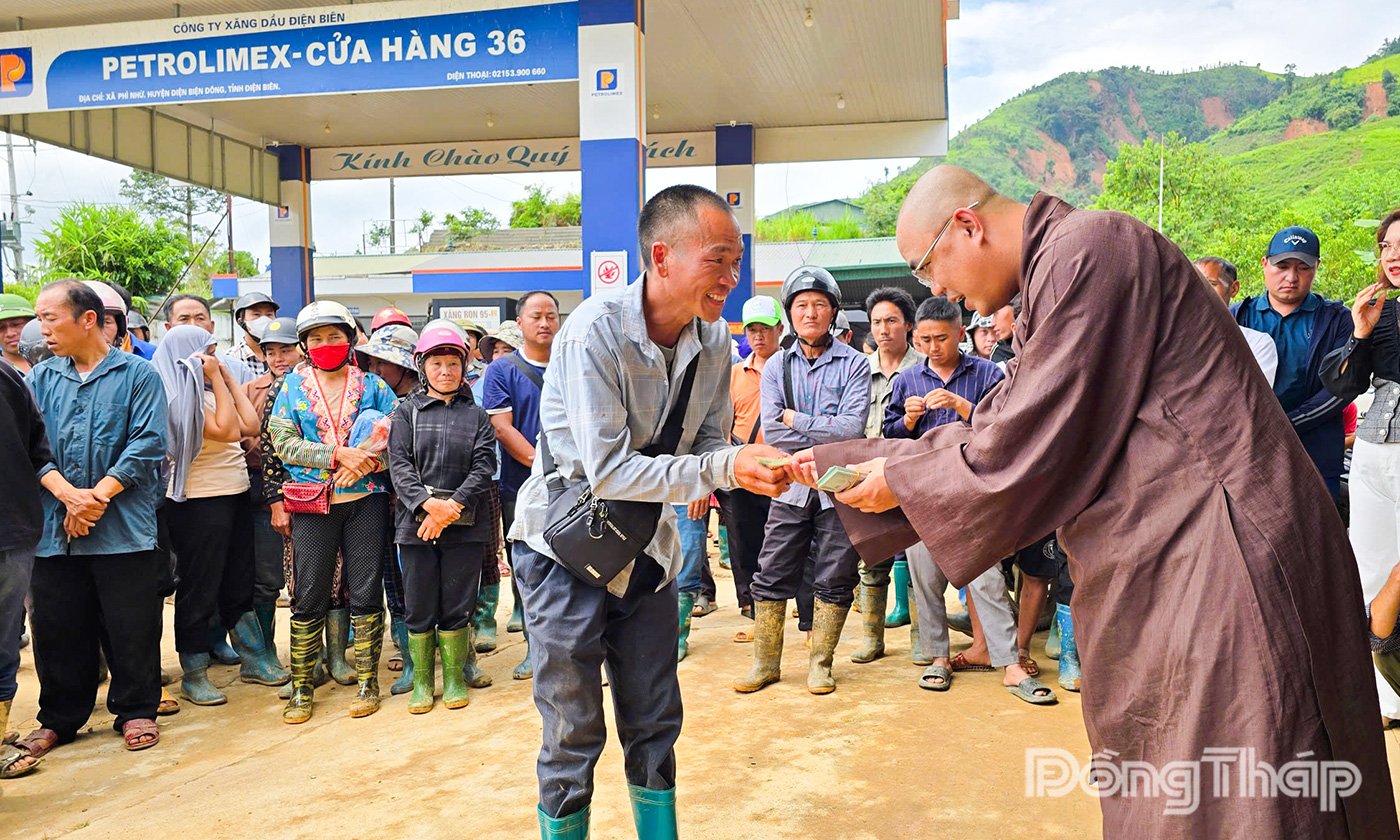
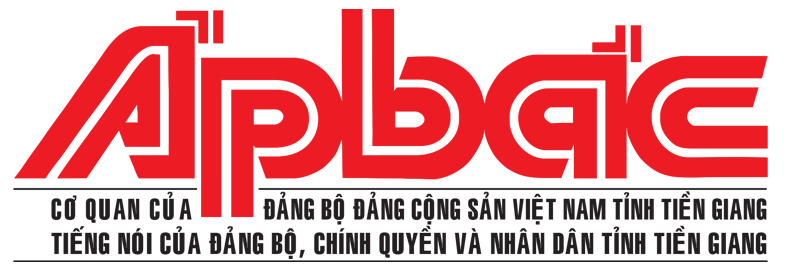
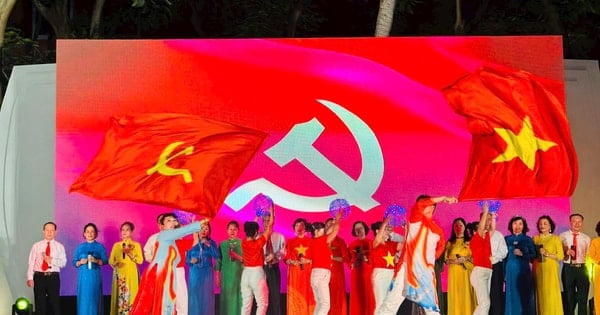

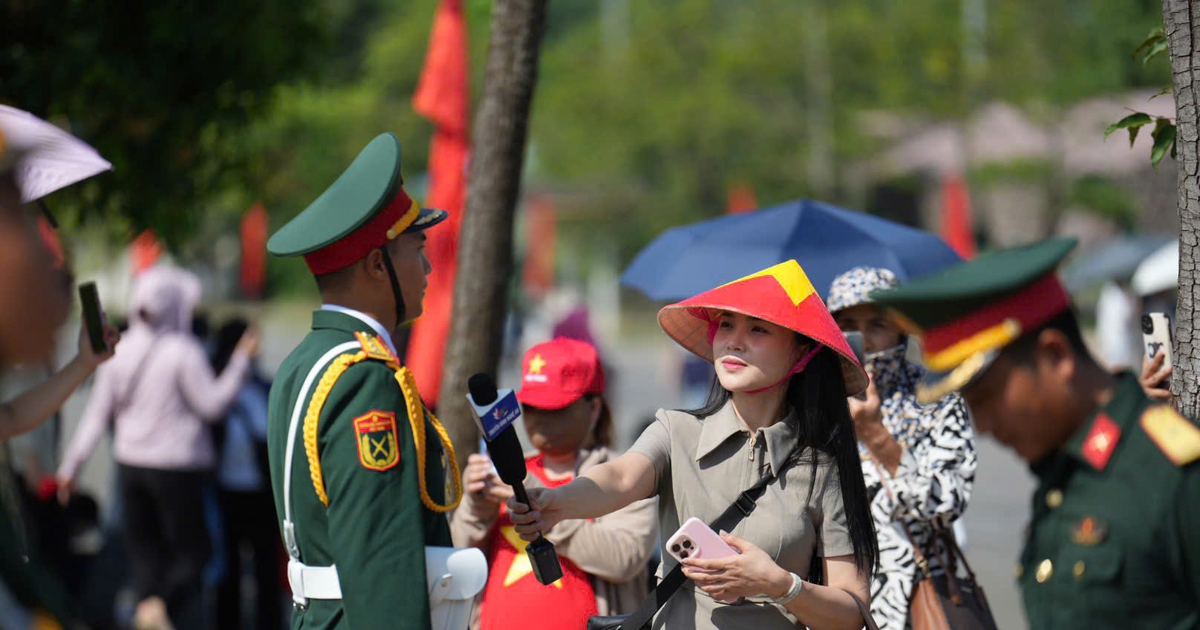

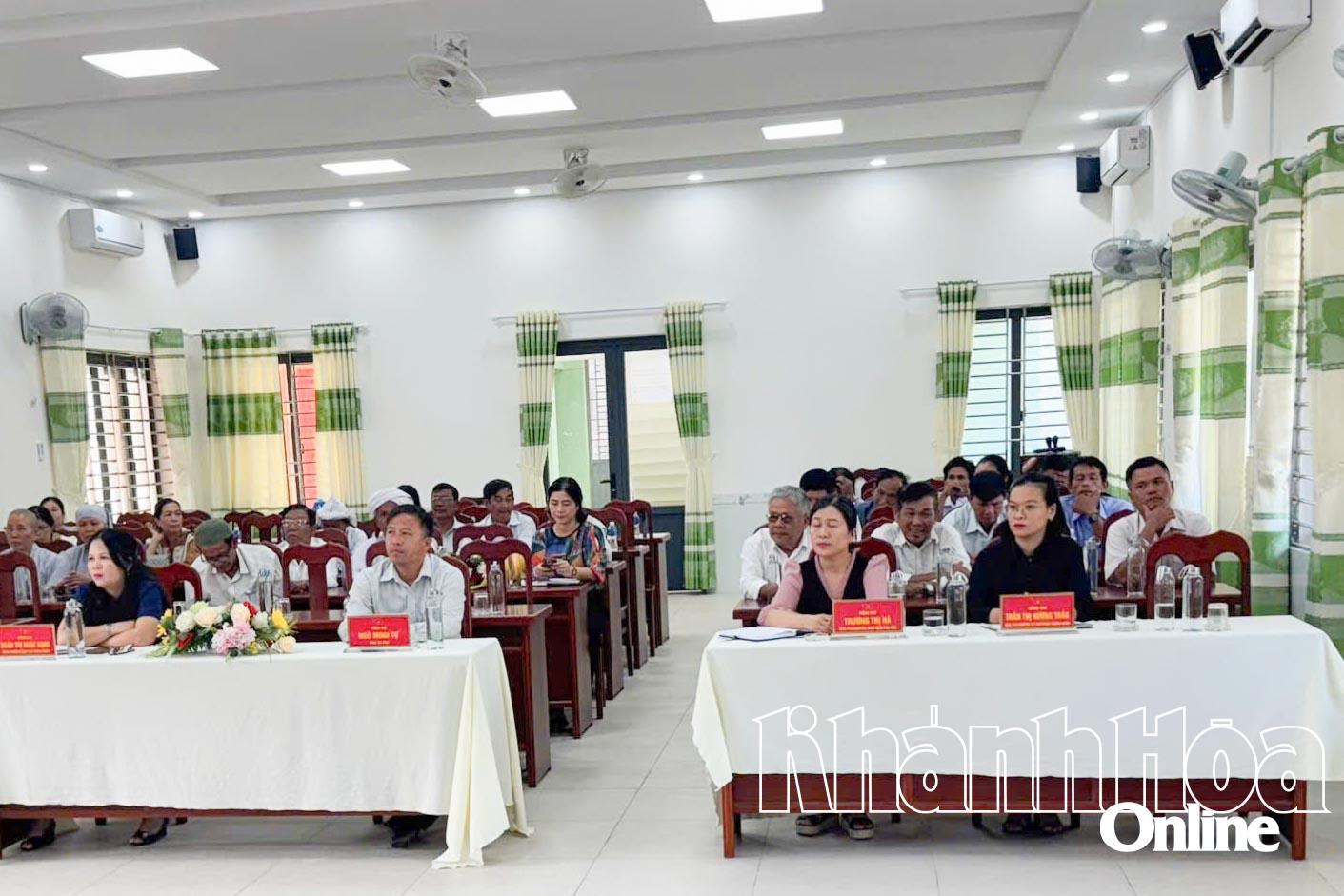
















Comment (0)